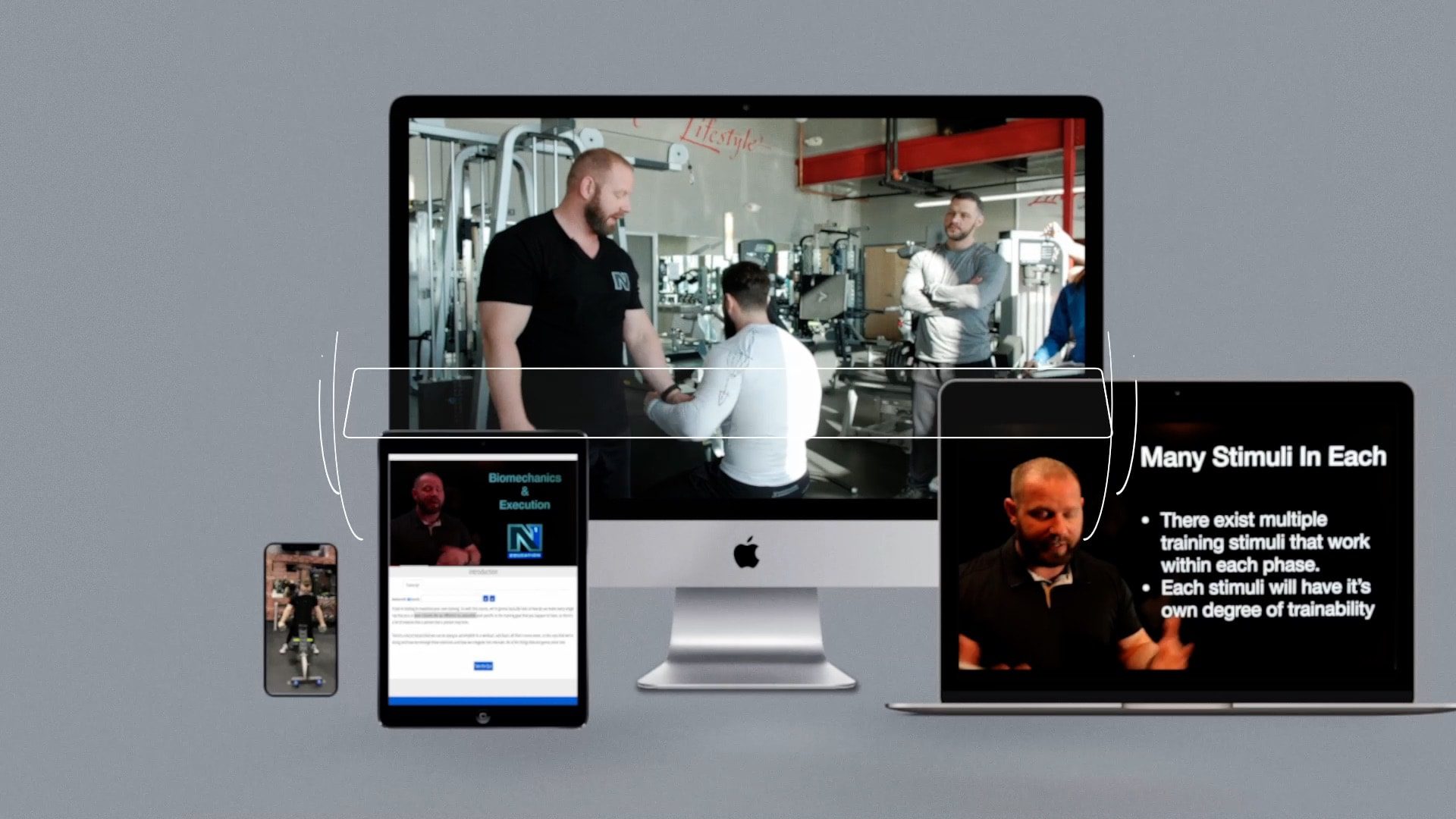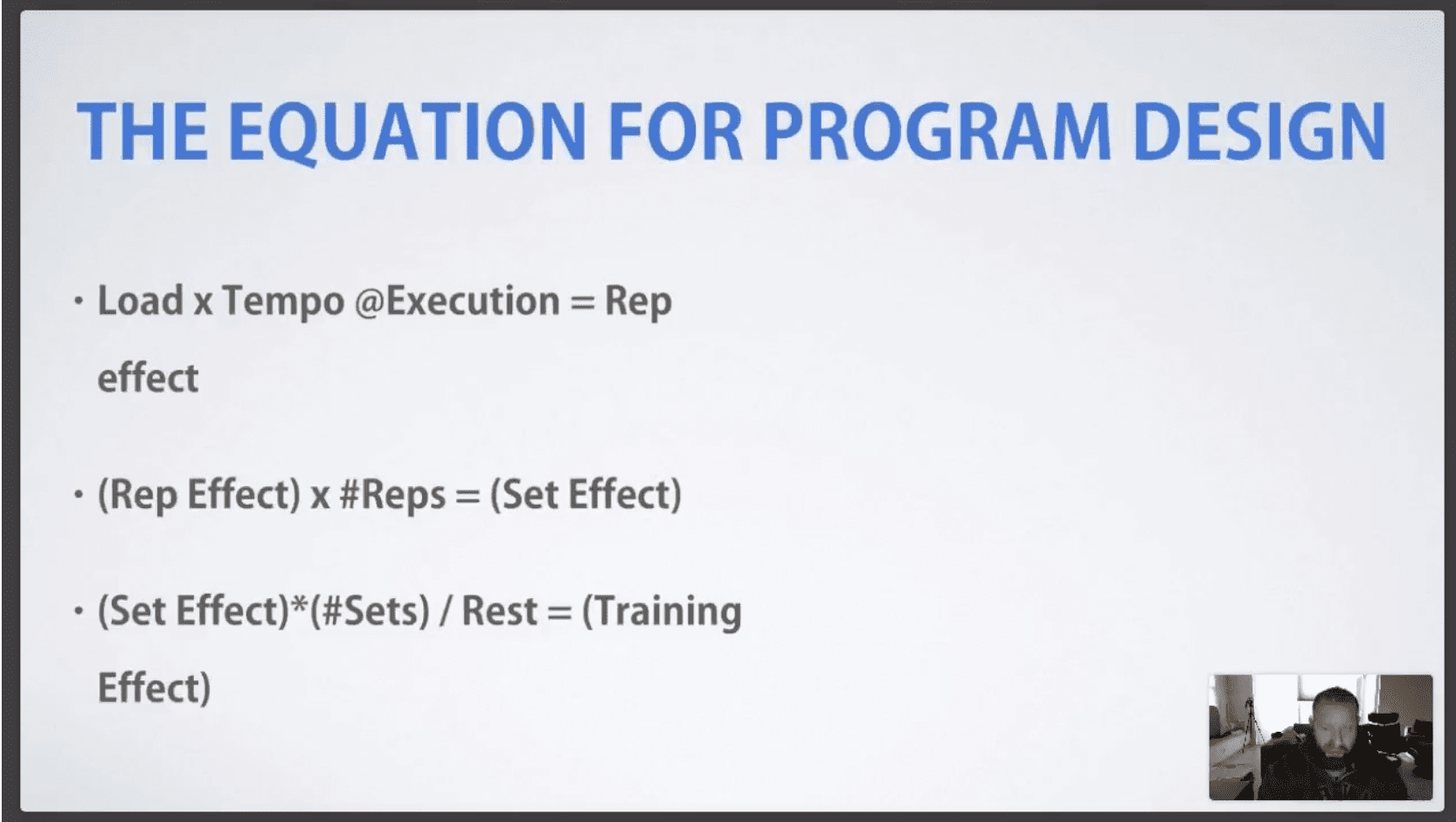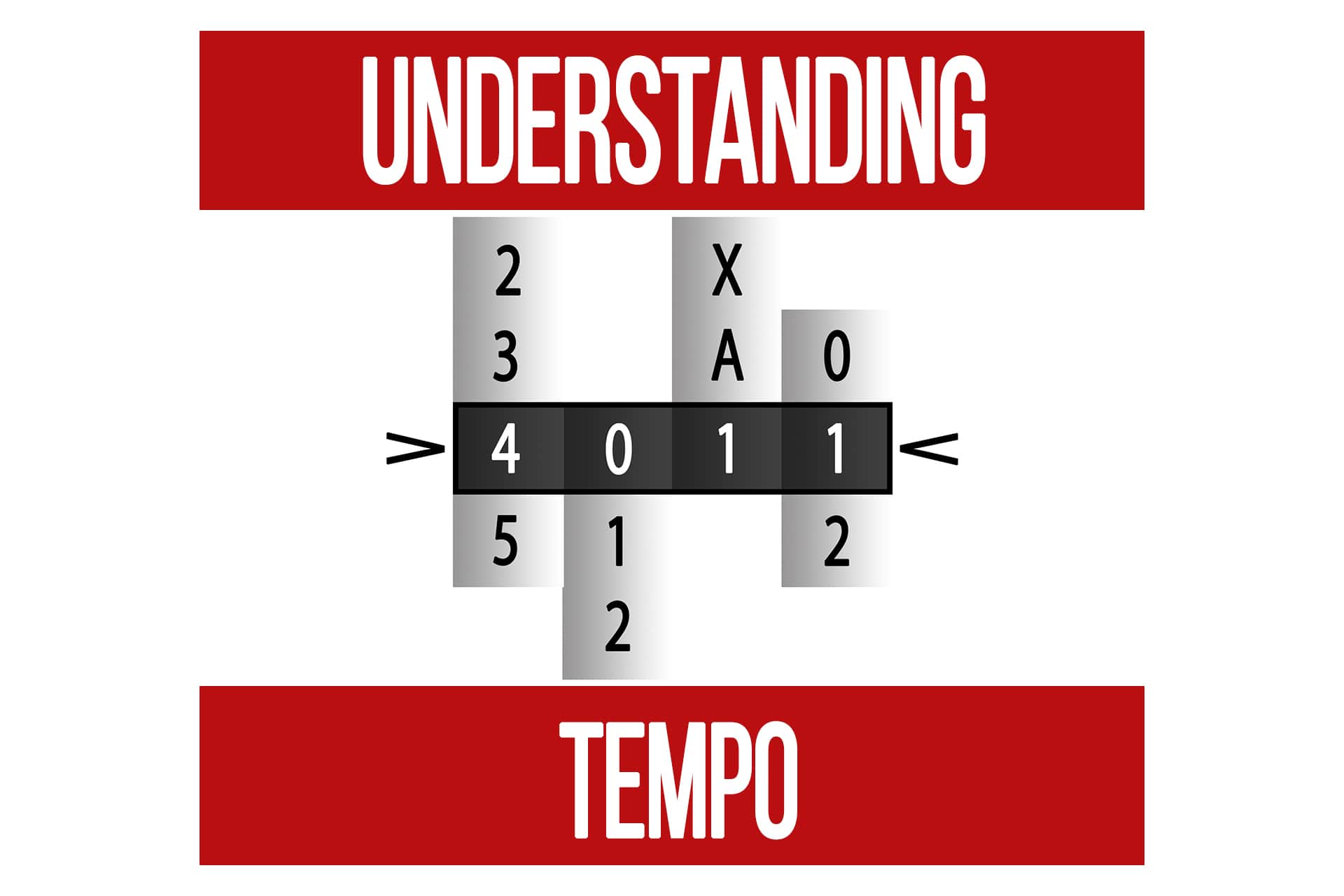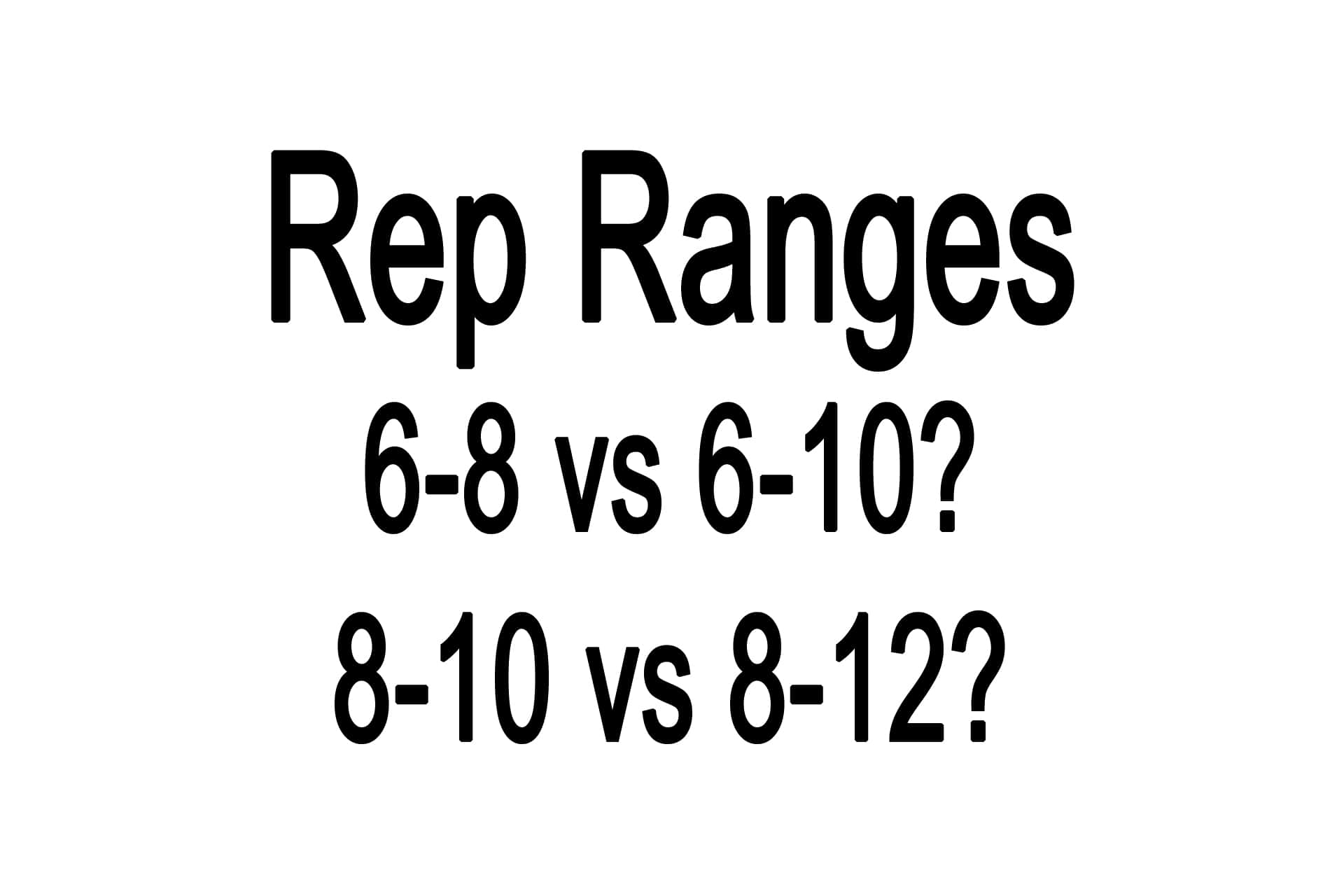Signs Your Program’s Tempos are Copy/Paste or Worse
n1 training
If you are following a program without TEMPOS, you should find a better program. If you are paying for a program without TEMPO, you should find a better coach. If you’re writing programs for people without TEMPO, you either need to focus on learning the importance of this valuable tool or kindly move on to a job you are more passionate about. If your program does have TEMPO, here are some things to look for to make sure that you are actually getting good programming and not just filled in numbers to make the program appear more comprehensive.
1 – The workout doesn’t just have the same tempo for every exercise.
2 – The tempos make sense for the exercises. Large movements tend to have more control, like a squat, vs a calf raise. If you see a 4 second eccentric on a calf press, be wary that you might be the victim of cut and paste syndrome.
3 – The program is making use of the 2nd and 4th numbers. These are the two portions of tempo that do not involve movement but are extremely valuable in determining the training effect of each rep. If your program is nothing but zeros in the 2nd and 4th spot, it may give you pause to think about how much thought was really put into these numbers.
4 – Keep in mind there are very few uses for a slow concentric, not zero, but very few. So the 3rd number will most often be a 1. I would ask for a good explanation for anything more than a 1 in the concentric phase if it doesn’t make immediate sense to you. 5 – X’s are used to signify an explosive or max effort concentric. If you see the X anywhere outside the concentric, you better hope that’s a typo. There is almost no reason in the weight room to be using an X on the eccentric portion of the rep.
Keep in mind that there are always rare scenarios that require things outside the norm in programming, but those should be the rarity in your program, not the normal occurrence in your programs.
Need a refresh on what Tempo is? Here is what we tell our clients Lifting tempos will be written in your program to explain the intent in which the exercise should be performed. Common lifting tempos are: 3011, 4010, 3110. Let’s look at the 3110 tempo. 3 – Time in the eccentric 1 – Time pausing after the eccentric in the lengthened position of the muscle 1 – Time in the concentric 0 – Time at the end of the concentric. This is the shortened position of the muscle. Check out the full article on Tempos in the related article linked below.
If you are following a program without TEMPO, you should find a better program. If you are paying for a program without TEMPO, you should find a better coach. If you’re writing programs for people without TEMPO, you either need to focus on learning the importance of this valuable tool or kindly move on to a job you are more passionate about.
If your program does have TEMPO, here are some things to look for to make sure that you are actually getting good programming and not just filled in numbers to make the program appear more comprehensive.
1 – Every program and workout doesn’t just have the same tempo for every exercise.
2 – The tempos make sense for the exercises. Large movements tend to have more control, like a squat, vs a calf raise. If you see a 4 second eccentric on a calf press, be wary that you might be the victim of cut and paste syndrome (unless there is a specific reason).
3 – The program is making use of the 2nd and 4th numbers. These are the two portions of tempo that do not involve movement but are extremely valuable in determining the training effect of each rep. If your program is nothing but zeros in the 2nd and 4th spot, it may give you pause to think about how much thought was really put into these numbers.
4 – Keep in mind there are very few uses for a slow concentric, not zero, but very few. So the 3rd number will most often be a 1. I would ask for a good explanation for anything more than a 1 in the concentric phase if it doesn’t make immediate sense to you.
5 – X’s are used to signify an explosive or max effort concentric. If you see the X anywhere outside the concentric, you better hope that’s a typo. There is almost no reason in the weight room to be using an X on the eccentric portion of the rep.
Keep in mind that there are always rare scenarios that require things outside the norm in programming, but those should be the rarity in your program, not the normal occurrence in your programs.
Need a refresh on what Tempo is? Here is what we tell our clients Lifting tempos will be written in your program to explain the intent in which the exercise should be performed.
Common lifting tempos are: 3011, 4010, 3110, 3010.
Let’s look at the 3110 tempo.
3 – Time in the eccentric
1 – Time pausing after the eccentric in the lengthened position of the muscle
1 – Time in the concentric
0 – Time at the end of the concentric. This is the shortened position of the muscle.
Check out the full article on Tempos in the related article linked below.
Tempo is just one of many important variables that must be accounted for when creating a good workout or program. If you’re looking to have a personal plan designed specifically for you, apply for one of the limited spots that the N1 coaches have available.
Understanding Exercise Pairing – Labeling In A Workout
articleExecution and Technique FREE Support Training
Popular Pages
Learn & Train With Us
Add N1 Training to your Homescreen!

Please log in to access the menu.





